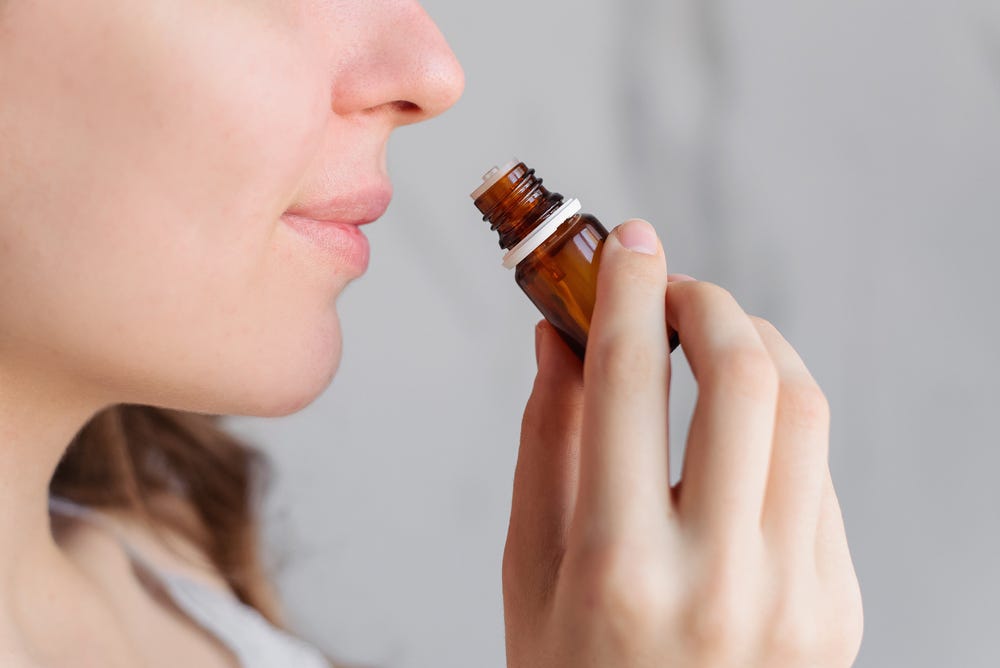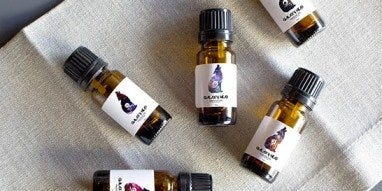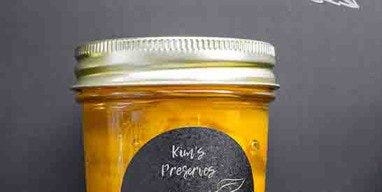Aromatherapy: Essential Oil Healing Properties

Essential oils have been used for centuries in traditional and modern medicine to treat various ailments. They can be found in foods and beverages but are most concentrated in plant-based essential oils. They're naturally odorless, colorless liquids that vary in viscosity from thin oils to thick gels. These natural oils contain thousands of different chemical compounds known as constituents. These constituents differ widely based on the specific aroma of each essential oil and the plant it comes from. Many of these compounds exhibit antimicrobial, anti-inflammatory, skin regenerating, muscle relaxing, nervous system relaxing, or psychoactive properties once inhaled or absorbed by the body.
Aromatherapy
Aromatherapy is the use of essential oils to improve health and well-being. They exhibit several benefits, including mood improvement, relaxation, and healing properties. The essential oils, such as grapeseed oil, are diluted in a carrier oil and applied topically to the skin. Essential oils have commonly been used for therapeutic purposes for centuries. Evidence shows they can improve one's mood and even heal different medical conditions.
What are Essential Oils?
Essential oils are oils extracted from botanical sources through a process called distillation. These aromatic oils have a variety of uses and have acted as natural remedies for centuries. Today, essential oils are in many beauty products, such as perfume tonics, bath salts, moisturizers, and many more. They're also used topically to treat various skin ailments or inhaled to relieve stress, anxiety, and depression.
Lavender
Lavender is an essential oil typically used as a relaxation and stress relief agent. It has a calming and soothing effect on the nervous system that helps treat sleep disturbances and anxiety. Lavender is a commonly used essential oil because it has a pleasant, floral fragrance and is effective at reducing anxiety, stress, and other mental illness.
Peppermint
Peppermint oil is a popular essential oil used as a refreshing aromatherapy agent to help relieve anxiety, tension, and headaches. It can improve sleep quality and treat nausea, vomiting, colds, flu, and other respiratory tract infections. Peppermint is also commonly used as a flavoring agent in food and beverages.
Tea Tree
Tea Tree oil is a natural oil extracted from the leaves of the melaleuca alternifolia plant, used as a natural remedy for various skin conditions for centuries. Many people use tea tree oil as an essential oil to treat acne, dermatitis, dandruff, and other skin problems.
Eucalyptus
Eucalyptus oil is a commonly used essential oil with various health benefits. It can treat skin irritation, pain, and respiratory problems stemming from congestion, allergies, colds, or sinus infections. Eucalyptus oil also acts as a natural disinfectant and insect repellent.
Frankincense
Frankincense has widely been used for centuries in Middle Eastern, Indian, and Chinese medicine to treat a variety of ailments, including respiratory problems, wounds, anxiety, depression, and insomnia. Frankincense extract properties include anti-inflammatory, antioxidant, and antibacterial benefits. It's a popular choice for treating various skin problems, such as eczema and psoriasis.
Lemongrass
Lemongrass essential oil is derived from the Cymbopogon grass species and has a fresh, lemony scent. This essential oil is a popular ingredient in many Asian dishes and contains several health benefits. Lemongrass essential oil can treat digestive issues, relieves stress, and boosts circulation. It also has antimicrobial and antibacterial properties which make it an effective natural cleaning agent.
How to Use Essential Oils
There are many ways to use essential oils, which can be tailored to your individual needs and preferences. Some of the most popular methods include diffusing, topically applying, and inhaling directly from the bottle.
Diffusing is a great way to enjoy the benefits of essential oils without having to apply them directly to the skin. This method involves adding a few drops of oil to a diffuser that disperses it into the air. Humidifiers and vaporizers can also achieve the same effect.
Topical application is also possible with essential oils. However, it's important to understand that they should not be applied neat (undiluted) to the skin. Instead, they should be diluted in a carrier oil such as jojoba or almond oil before being applied. Once diluted, you can apply the oil directly to the desired area or use it in conjunction with massage.
Inhaling directly from the bottle is another option for using essential oils. This is done by holding the bottle up to your nose and taking deep breaths. Alternatively, you can put a few drops of oil on a tissue or cotton ball and hold it close to your face while inhaling deeply.
With some knowledge and experimentation, you can easily incorporate essential oils and aromatherapy into your life and enjoy all of their benefits!
-
Aromatherapy: Do Essential Oils Really Work? How Does Aromatherapy Treatment Work?
-
What Are Essential Oils? A Complete Guide on Aromatherapy and Its Potential Health Benefits
-
The 15 Best Essential Oils for Aromatherapy-and How to Choose and Use Them
-
The Dangers of Essential Oils: Why Natural Isn't Always Safe
-
Aromatherapy and Essential Oils: A Map of the Evidence (PDF)
-
Do Essential Oils Really Work? What to Know About Aromatherapy
-
The 10 Best Essential Oils That Everyone Should Have in Their Collection
-
A Guide to Using Essential Oils Safely in Your Beauty Routine
-
Common Essential Oils (PDF)









